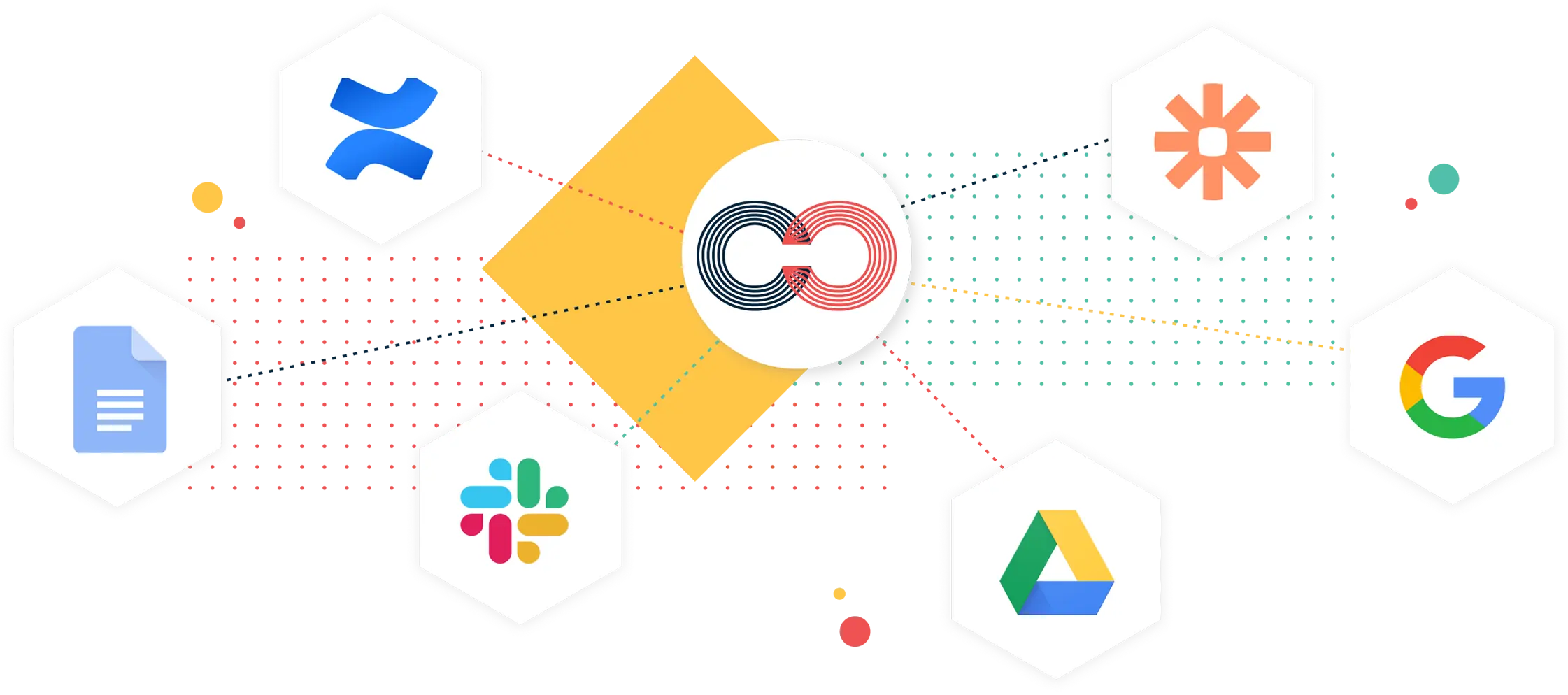Lean UX Canvas Templates
Visual templates for planning and designing customer-centric products collaboratively
Start Drawing Now- Easily work with your team and generate ideas for designing new products with real-time collaboration
- Quickly identify weak areas of your product and solve business issues with editable lean UX canvas templates
- Directly share your diagrams and discuss changes with stakeholders with inline comments
Creately helps you do this with

Guide and Best Practices
Lean UX is a user-centric approach that helps software design teams save time and resources by reducing wasteful steps during the design cycle. It helps enhance UX through iterations while saving the time it takes for documentation.
How to use the Lean UX Canvas
- Form a collaborative team for the lean design thinking process. Your team should include members from different departments.
- Use a Creately lean UX canvas template to guide the meeting. Share an edit link to the diagram with everyone so they can make changes on the canvas in real-time.
- Fill out the business and user quadrants first. You can fill out the user quadrants with the help of interviews, surveys, user personas , etc.
- Together, dig into why the problem occurred. Once an assumption is made out of the problem, each individual should provide their own solution to it.
- Prioritize these ideas based on the knowledge you have of the problem and the risks associated with the ideas.
- Create a hypothesis to test your ideas out of which you and your team have made assumptions.
- Ask each team member to state their belief, why they think it is important and which persona she thinks it would be important.
- Discuss their expectations and a final result that will help prove their beliefs. Write these hypotheses down on your lean UX canvas.
- Based on the brainstormed ideas and the hypotheses, build an MVP or Minimal Viable Product that only has the basic features to satisfy your initial customers.
- Ask for the feedback of your users and use them to improve your assumptions. You can build your product based on these updated assumptions.
More templates and visual ideas for Lean UX design thinking
Works with the tools you love
Thoughtfully designed integrations with the platforms you use every day


